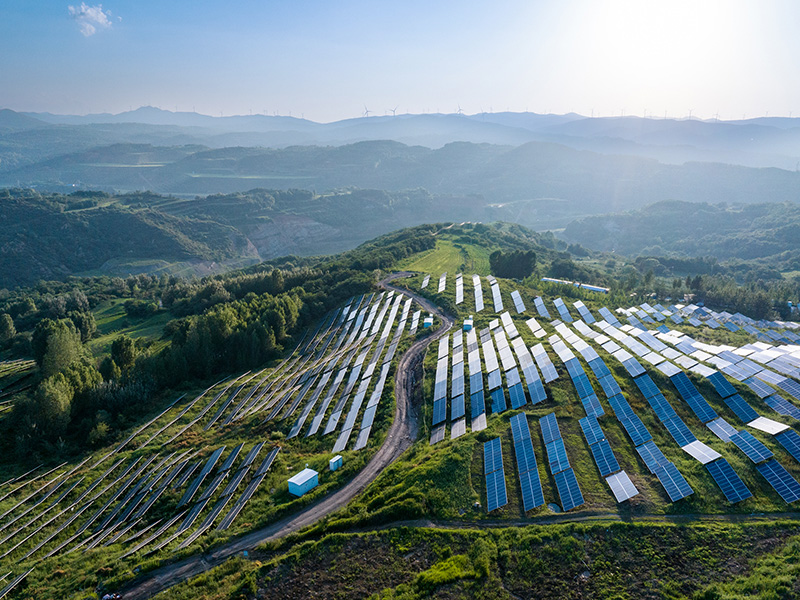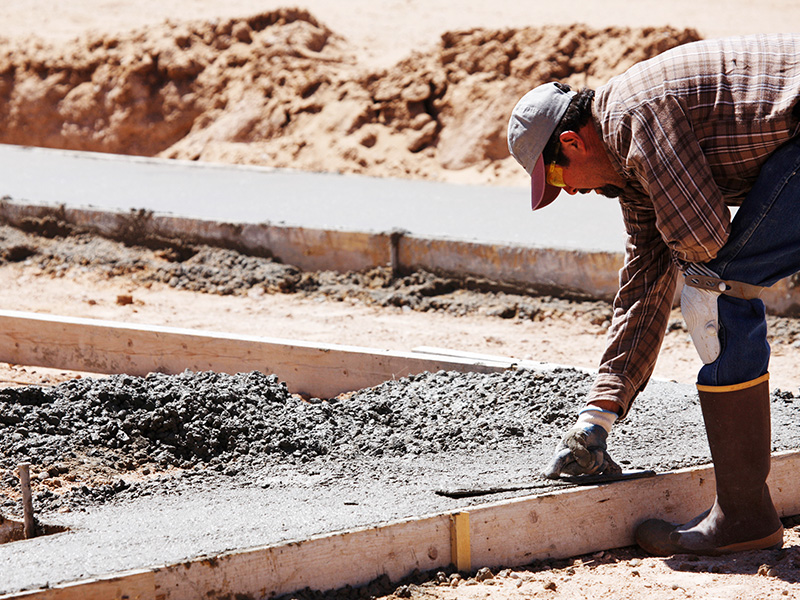
Photo by Wasan Tita on iStock
Authors
-
Beth Richmond
Former Director, Transformation, BSR
-

Associate Director, Transformation and Financial Services, BSR
Key Points
- A materiality assessment is not just a disclosure requirement; it’s also a strategic endeavor.
- Materiality approaches should be forward-looking and remain rooted in authentic stakeholder engagement and dialogue.
- We see tremendous potential for emerging regulations to drive harmonization between approaches to materiality, due diligence, and risk assessment, contributing to long-term value for business and society.
The emergence of mandatory disclosure regulations has sustainability, compliance, risk, finance, and legal teams focused on the humble materiality assessment as never before. It’s hard to overestimate the importance of these standards in raising the floor on sustainability performance and ensuring that all businesses understand and are responsible for reporting on important environmental, social, and governance topics.
With “materiality” serving as the foundation of what should be reported, there is significant new attention paid to how the assessment, which has long been the sole responsibility of the sustainability team, is conducted, documented, and assured.
In some ways, this is what many of us in the sustainability management field have been working on for our entire careers. We are seeing the mainstream adoption of fundamental sustainability concepts in real-time.
Yet, as we devote much of our time to answering question after question on whether our approach to materiality is “CSRD compliant” we need to ensure we don’t lose the plot. While we’re ensuring appropriate documentation and sufficiently quantitative, representative, and impartial input (all of which is important and much needed), we must also keep a clear-eyed view of what has historically made materiality assessment such a valuable strategic exercise.
Reflecting on nearly 20 years of BSR materiality assessments, we know three things to be true:
-
Materiality is as much about the process as it is about the results. Internal and external stakeholder engagement and alignment drive as much, if not more, value as topic identification.
-
You get out of it what you put in. Broad and superficial topic ranking exercises lead to limited insights, but deep engagement, conversation, and debate lead to moments of sudden inspiration that unlock progress on critical priorities for business and society.
-
Our understanding of impact is not perfect and continuously improving. For example, our ability to consistently and comparably quantify climate impacts accelerated dramatically in the past decade, as has our understanding of human rights impacts. But significant gaps remain in social and environmental due diligence and understanding of impacts across the full value chain.
Looking ahead we see a world of possibility with:
-
Harmonization between assessment and reporting approaches.
-
Strengthening the connections between people, regions, and professional domains.
-
Stronger, more resilient, business strategies that focus on long-term value.
However, can only turn this vision into reality if we retain a focus on the spirit of the exercise: truly understanding the most important impact areas for each business and authentically engage with affected stakeholders to accelerate progress toward a just and sustainable world.
With this in mind, we are left with several important methodological questions that we will continue to focus on, with the aim of driving coherence and consensus amongst practitioners:
-
How can materiality and due diligence processes become mutually beneficial and reinforcing?
-
How should we engage affected stakeholders in the process?
-
Should a company assess and report inherent or residual risks or both?
-
When is a qualitative approach considered appropriate?
-
How do we effectively surface the connections between seemingly discrete disclosure topics?
-
Should we differentiate material topics for disclosure from strategic priorities or are they one and the same?
-
How can we better understand and incorporate emerging topics and potential long-term impacts into the process?
-
How can technology support our work?
All stakeholders engaged in these assessments have a valuable piece of the puzzle and the answers may vary considerably based on unique circumstances. We look forward to working alongside our current and future member companies, peers, and partners to strengthen our collective thinking and ensure our efforts continue to help us reach the future we aspire to build together.
For more from Beth and Materiality, check out her episode in our BSR Insights Audio Series:
BSR’s latest sustainability insights and events straight to your inbox.
Topics
Let’s talk about how BSR can help you to transform your business and achieve your sustainability goals.







